
There is magic in planning, preparing and enjoying meals for yourself and no one else. Your food budget can go further and the level of creativity infused into each meal bountiful. With a bit of planning and turning your freezer into an unsung hero, you’ll keep recipes fresh while getting the most out of leftovers.
Meal Plan Leftovers
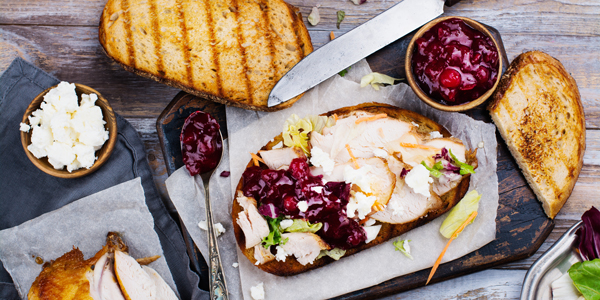
The best way to spread your weekly food dollars, minimize waste and become a culinary solution maker is to plan how to best utilize leftovers. Sure, you could eat the same dish for 3-4 days in a row. If you’re in love with the recipe, you may just do that. But there’s only so many chicken breast meals with a side of potatoes and steamed vegetables one person can swallow! Why not turn your baked chicken breast into tacos one night, soup for lunch and Parmesan chicken another?
The key is to plan how to utilize leftovers from the moment you build your weekly shopping list. This way, you know if you have taco shells to use up in the cupboard, frozen vegetable soup that could use a protein kick or a small portion of pasta stored in the fridge needing to be eaten in the next day.
Create Your Own Frozen Meals
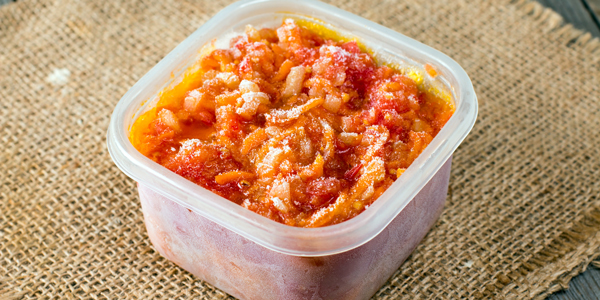
When you make a recipe that provides a number of servings, feed the freezer. Portion out single-servings of meals segments like soup, sauces and sides, such as mashed potatoes, individually in freezer-safe containers. If feeling adventurous, freeze entire entrees like a slice of meatloaf topped with stewed tomatoes, roasted potatoes and a side of carrots in freezer-safe, 3-comparment meal prep containers. Be sure to label the date the meal was prepared and frozen so you can grab and reheat within the 3 to 4 month-window for best flavor.
Let Variety Rule
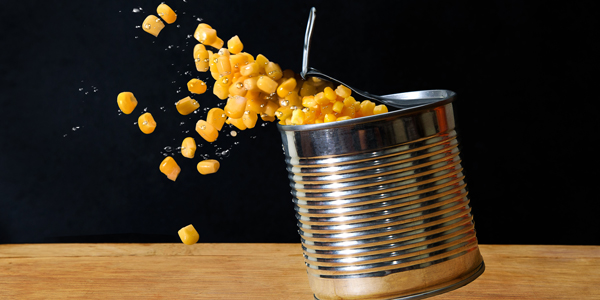
To meet important Food Group goals, like those for Fruits and Vegetables, vary their form to best meet your needs. For example, frozen vegetables allow you to grab what you need for a ½-cup serving and keep the rest stored until your next need. Purchase individual fresh vegetables, like a single tomato, to prevent leftovers from spoiling in the crisper and to minimize packaging waste. Many canned vegetables come in smaller servings such 11-ounces versus the usual 15.5-ounces. Dried fruit is a superb option for meeting Food Group goals while on-the-go since ¼-cup is equivalent to a ½-cup serving, according to MyPlate.
Saved by Gadgets
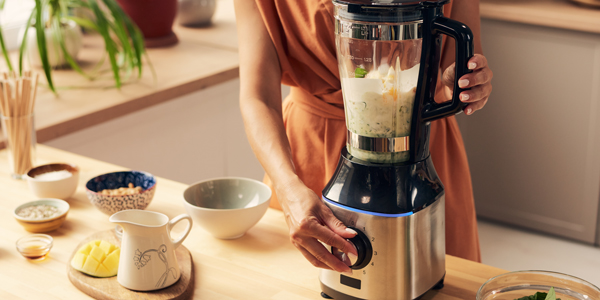
Creating meals with a smaller number of servings invites the use of fun kitchen tools. Air fryers, electric grills and skillets, high-power blenders, toaster ovens and microwaves become secret weapons for whipping up meals for one. These small appliances also open the door to new recipes that can help expand your weekly menu ideas too.
Buy Smaller Protein Portions
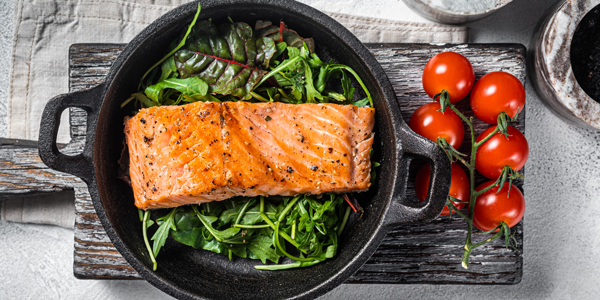
Animal-based protein-rich foods tend to be the most expensive purchase in the grocery store. In lieu of buying packaged items that may go unused and out of date, buy only what you need. For grilled chicken breast, visit the Deli counter for a single breast already prepared for you. For raw meat, ask our Butchers for one pork chop. When working toward seafood goals, have our Seafood experts cut a 3-4 ounce serving of salmon off a large fillet. Frozen meats like meatballs are an awesome way to have a meal solution on hand while being able to use only what you need.
Make It Special

Setting the table for one is just as special as designing a table for twelve, if not more. Emphasize the importance of your meals by creating a relaxing ambiance. Choose plates, stemware and linens that exude beauty. Make your meals a special time for grounding each day. Eat mindfully by opting out of screens and taking the time to enjoy every bite and sip. Light the candles, put on soothing music or take your meal outside al fresco style. Whatever you choose, make it a gift of love to yourself.
Published 5/8/2023


